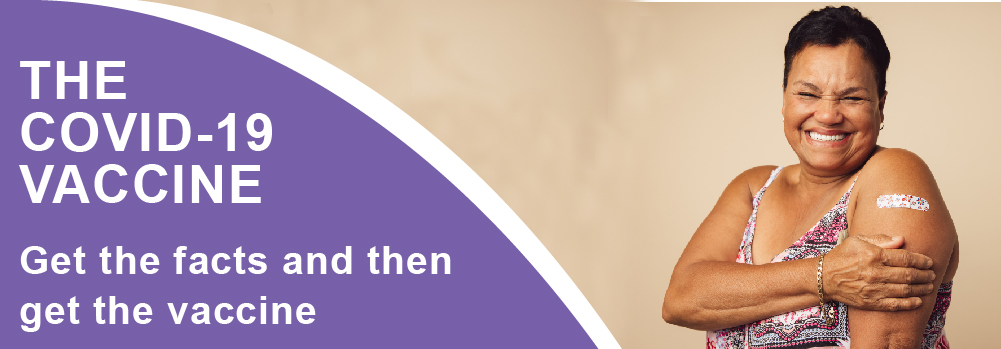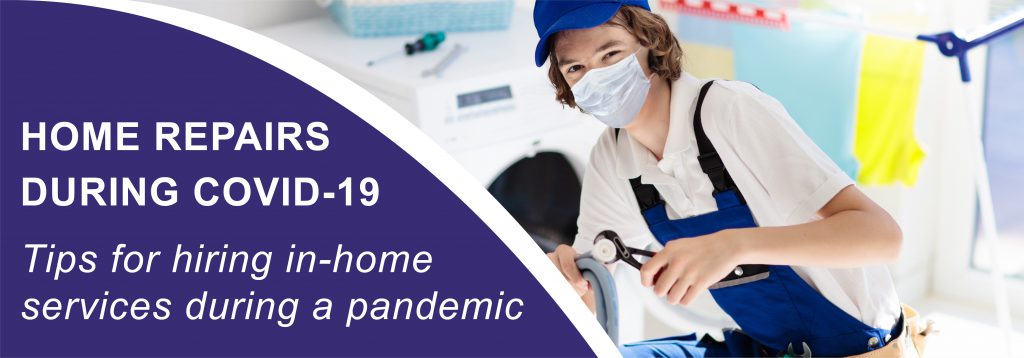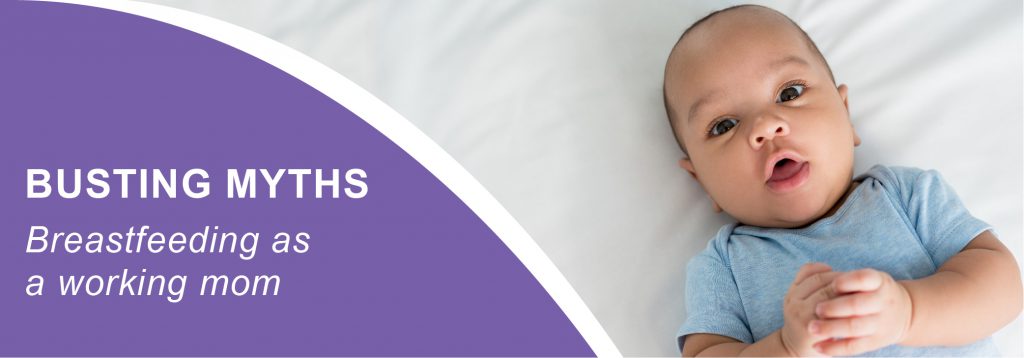
Get the facts, then get vaccinated
Studies show that the COVID-19 vaccine is effective at keeping you from getting COVID-19. Some people will test positive for the virus even after they are vaccinated, but all three vaccinations (Pfizer, Moderna and Johnson & Johnson) are highly effective in preventing symptomatic infections, hospitalizations, and death. In fact, more than 99% of people who die today from COVID-19 are unvaccinated. Every death and serious illness is preventable today. We know there are a lot of rumors, myths and misinformation out there making it hard for some people to get the vaccine. Our physicians have gathered the most common questions and concerns they are hearing from patients about the COVID-19 vaccine and providing the facts to help more people get vaccinated. Afterall, the vaccine is our very best shot for ending this pandemic.
What You Need to Know about the COVID-19 Vaccine:
• COVID-19 vaccines are safe and effective at preventing COVID-19 disease, especially severe illness and death.
• COVID-19 vaccines reduce the risk of people spreading the virus that causes COVID-19.
• You may have side effects after vaccination. These are normal and should go away in a few days.
• It typically takes two weeks after vaccination for the body to build protection (immunity) against the virus that causes COVID-19. You are not fully vaccinated until 2 weeks after the second dose of a two-dose vaccine or two weeks after a single-dose vaccine.
• After you are fully vaccinated, you can resume activities that you did before the pandemic.
• COVID-19 vaccines were evaluated in tens of thousands of participants in clinical trials.
• The vaccines met the Food and Drug Administration’s (FDA) rigorous scientific standards for safety, effectiveness, and manufacturing quality needed to support emergency use authorization (EUA) with formal FDA approval imminent and likely soon.
• These vaccines have undergone and will continue to undergo the most intensive safety monitoring in U.S. history.
• This monitoring includes using both established and new safety monitoring systems to make sure that COVID-19 vaccines are safe
• Permanent FDA approval is expected
What We Are Still Learning About the COVID-19 Vaccine
• How well the vaccines protect people with weakened immune systems, including people who take medicines that suppress the immune system
• How long COVID-19 vaccines protect people
• How many people have to be vaccinated against COVID-19 before the population can be considered protected (population immunity)
• How effective the vaccines are against new variants of the virus that causes COVID-19
What impact is the Delta Variant having on the urgency to get vaccinated?
• Rapidly spreading and now responsible for over 51% of new US cases, up from 30% two weeks ago
• 60% more transmissible than original COVID-19 strain
• States with low vaccination rates experiencing increase in new cases
• Vaccine protects against transmission so the more we vaccinate, the more we decrease chances of “escape variant” against which the vaccines would not work
• All three currently approved vaccines are highly effective in preventing symptomatic infections, hospitalizations and deaths
Why vaccinate when there are effective COVID-19 treatments?
• With proven effective treatments such as remdesivir, polyclonal antibodies, dexamethasone, deaths are still occurring
• Treatment will not curb the spread of this virus
• Preventing infection with vaccination also prevents long-term complications (Long-haul COVID)
• We fully support continued research into effective treatments
Do I need to get a booster dose of the vaccine?
• It may be required if there’s evidence that the vaccine’s protection against the virus weakens over time or if variants arise that require a booster. The FDA and ACIP (Advisory Community on Immunization Practices) continue to review data and will provide recommendations for boosters based on evidence and safety.
When can I get a COVID-19 vaccine booster?
• Not immediately. The goal is for people to start receiving a COVID-19 booster shot beginning in the fall, with individuals being eligible starting 8 months after they received their second dose of an mRNA vaccine (either Pfizer-BioNTech or Moderna). This is subject to authorization by the U.S. Food and Drug Administration and recommendation by CDC’s Advisory Committee on Immunization Practices (ACIP). FDA is conducting an independent evaluation to determine the safety and effectiveness of a booster dose of the mRNA vaccines. ACIP will decide whether to issue a booster dose recommendation based on a thorough review of the evidence.
If we need a booster dose, does that mean that the vaccines aren’t working?
• No. COVID-19 vaccines are working very well to prevent severe illness, hospitalization, and death, even against the widely circulating Delta variant. However, with the Delta variant, public health experts are starting to see reduced protection against mild and moderate disease. For that reason, the U.S. Department of Health and Human Services (HHS) is planning for a booster shot so vaccinated people maintain protection over the coming months.
What’s the difference between a booster dose and an additional dose?
• Sometimes people who are moderately to severely immunocompromised do not build enough (or any) protection when they first get a vaccination. When this happens, getting another dose of the vaccine can sometimes help them build more protection against the disease. This appears to be the case for some immunocompromised people and COVID-19 vaccines. CDC recommends moderately to severely immunocompromised people consider receiving an additional (third) dose of an mRNA COVID-19 vaccine (Pfizer-BioNTech or Moderna) at least 28 days after the completion of the initial two-dose mRNA COVID-19 vaccine series.
• In contrast, a “booster dose” refers to another dose of a vaccine that is given to someone who built enough protection after vaccination, but then that protection decreased over time (this is called waning immunity). HHS has developed a plan to begin offering COVID-19 booster shots to people this fall. Implementation of the plan is subject to FDA’s authorization and ACIP’s recommendation.
Why is vaccination necessary if I had COVID-19 and likely have antibodies?
• Vaccination produces a higher level of and longer lasting immunity than natural infection. This is uncommon in many illnesses but is true in COVID-19
• Vaccination produces broader protection against variants
We take safety seriously. That is why Trinity Health and IHA require colleagues, clinical staff, and contractors to be vaccinated against COVID-19. You can read more about our decision here: bit.ly/3jX5RGV
Do you need to schedule your COVID-19 vaccination? Click below to find a time and place that works best for you and your family.


